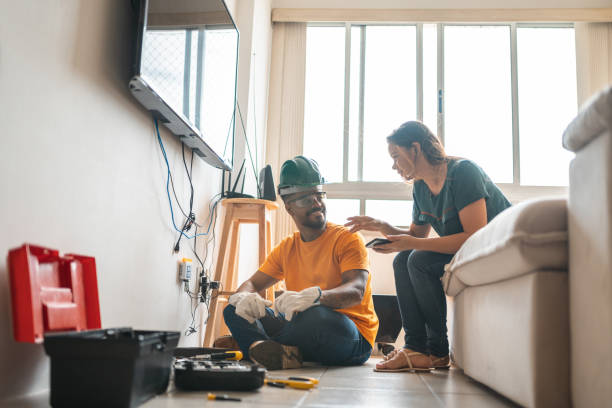Televisions are an integral part of many homes, but like any other appliances, they can break down. In this article, we'll discuss how to identify the main problems with your TV and some basic strategies for fixing them.
1. Identifying symptoms of a fault
The first step is to identify exactly what type of fault is happening. This could be:
- Screen problems: black spots, lines or complete darkening of the screen.
- Sound: distorted or no sound.
- Power: The TV won't turn on or turns off unexpectedly.
- Connection problems: with HDMI, USB or other connections.
2. Testing simple corrections
Some problems can be solved with simple steps:
- Switch the TV off and on.
- Check and, if necessary, replace the batteries in the remote control.
- Check all cables and connections.
- Update your TV's software if possible.
3. Fault diagnosis
If simple solutions do not help, a more accurate diagnosis of the fault should be made:
- Using online sources and guides, check the typical faults of your TV model.
- Carry out a visual inspection of the TV to detect obvious physical damage.
4. Seeking professional help
If the fault is more serious, or if you are unsure of the source of the problem, it is best to contact a professional. They can carry out a thorough inspection of the equipment to determine the cause of the fault and repair it.
5. Consider a change
Sometimes repairing a TV can be more expensive than buying a new one, especially for older models. Consider buying a new appliance if repairs are not affordable.
Finding and fixing faults in your TV can be a complicated process, but often problems can be solved with simple checks and basic repair procedures. It is always important to play it safe and, if necessary, seek the advice of experienced professionals.








